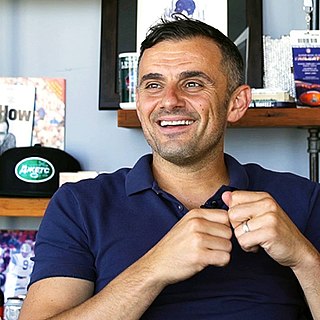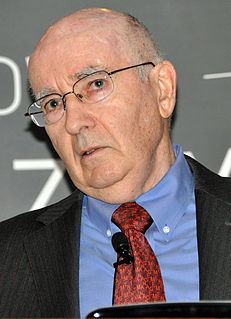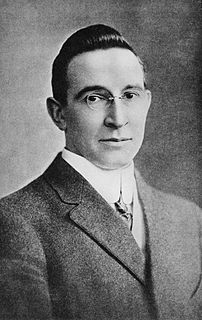Цитата Саймона Мейнваринга
Для действительно эффективной социальной кампании бренд должен принять основные принципы маркетинга, которые включают определение бренда и последовательное повествование.
Связанные цитаты
Если бренд действительно хочет внести социальный вклад, он должен начать с того, кто он есть, а не с того, что он делает. Ибо только тогда, когда бренд определил себя и свои основные ценности, он может определить причины или инициативы социальной ответственности, которые соответствуют его подлинной истории бренда.
Кампания, как и бренд, — это не просто набор кусочков, сложенных воедино: тут претензия, там пачка выстрелов, где-то еще причина. Если мы попытаемся произвести его с помощью атомарного подхода, мы получим что-то вроде бренда Identikit. Это будет идеальное описание структуры бренда, так как Фоторобот может описать контуры лица. Но это будет не то же самое. Бренд никогда не оживет.
Бренд будущего... терпелив, постоянен, связан и ему доверяют. Новый бренд основан на правде, которая исходит только от опыта использования продукта, а не только от криков о нем. Сарафанное радио более важно (в 20 раз), чем телевизионная реклама, а примечательность, которую требует сарафанное радио, исходит из того, что мы испытываем, а не из рекламы, слогана или слогана кампании.
С тех пор, как я впервые начал работать в рекламе в 1998 году, слово «бренд» заменило идентичность. Мы уже не столько личности, сколько бренды. Мы отдельные бренды. Людям в основном остается определять свою индивидуальность, держась подальше от Интернета, который сам по себе может быть брендом, брендом отказа.
Традиционные продажи и маркетинг предполагают увеличение доли рынка, что означает продажу как можно большего количества вашего продукта как можно большему количеству клиентов. Индивидуальный маркетинг включает в себя стремление к доле клиентов, что означает обеспечение того, чтобы каждый отдельный клиент, покупающий ваш продукт, покупал больше продукта, покупал только ваш бренд и был счастлив использовать ваш продукт вместо другого для решения своей проблемы. Истинная, текущая ценность любого отдельного клиента зависит от будущих покупок клиента по всем линиям продуктов, брендам и услугам, предлагаемым вами.
Я обнаружил, что маркетинг в высшей степени описательный и предписывающий, без особой основы для глубоких исследований. Я включил экономику, теорию организации, математику и социальную психологию в свое первое издание «Управления маркетингом» в 1967 году. Сегодня «Управление маркетингом» находится в своем 15-м издании и остается ведущим в мире учебником по маркетингу для программ MBA. Впоследствии я написал еще два учебника: «Принципы маркетинга» и «Маркетинг: введение».
































